Cats have long occupied a special place in human societies around the world. While some cultures have embraced these mysterious creatures, elevating them to divine or semi-divine status, others have viewed them with suspicion, fear, or even hostility. The complex relationship between humans and cats is rooted in historical, cultural, and sociological factors that have evolved over time.
Ancient Egyptian Reverence for Cats
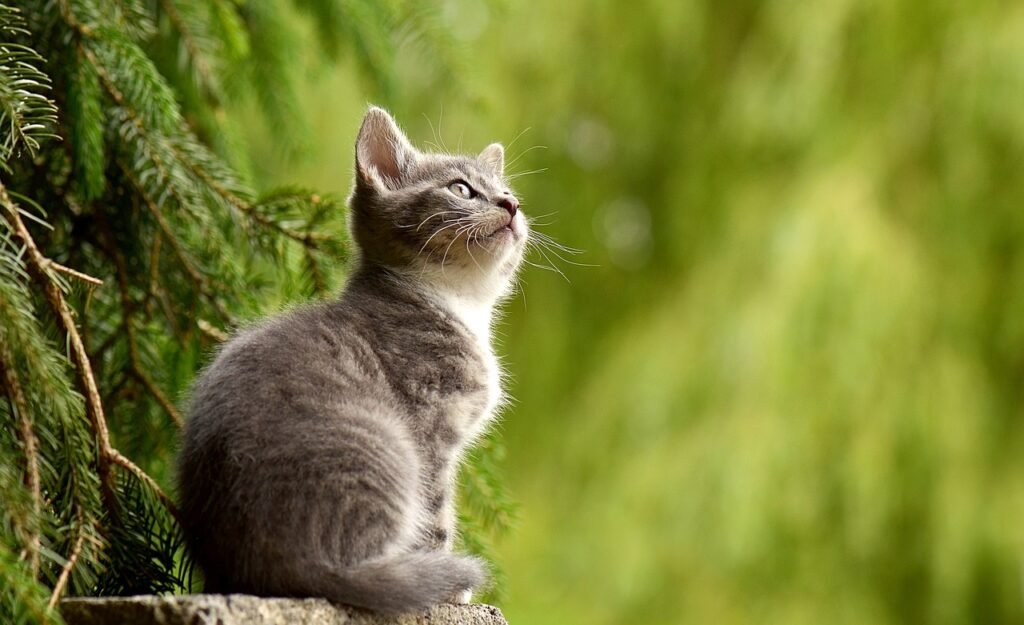
Perhaps the most famous example of feline worship is found in Ancient Egypt, where cats were held in high regard and associated with the goddess Bastet. Bastet was depicted as having the head of a cat and was considered a protective figure, presiding over fertility, home, and domestic life. Cats were seen as symbols of grace and enjoyed protection by law. Killing a cat, even by accident, was punishable by death. This reverence grew from the cat’s ability to control vermin and its status as a protector of crops and homes.
Asian Cultures and the Luck of the Cat
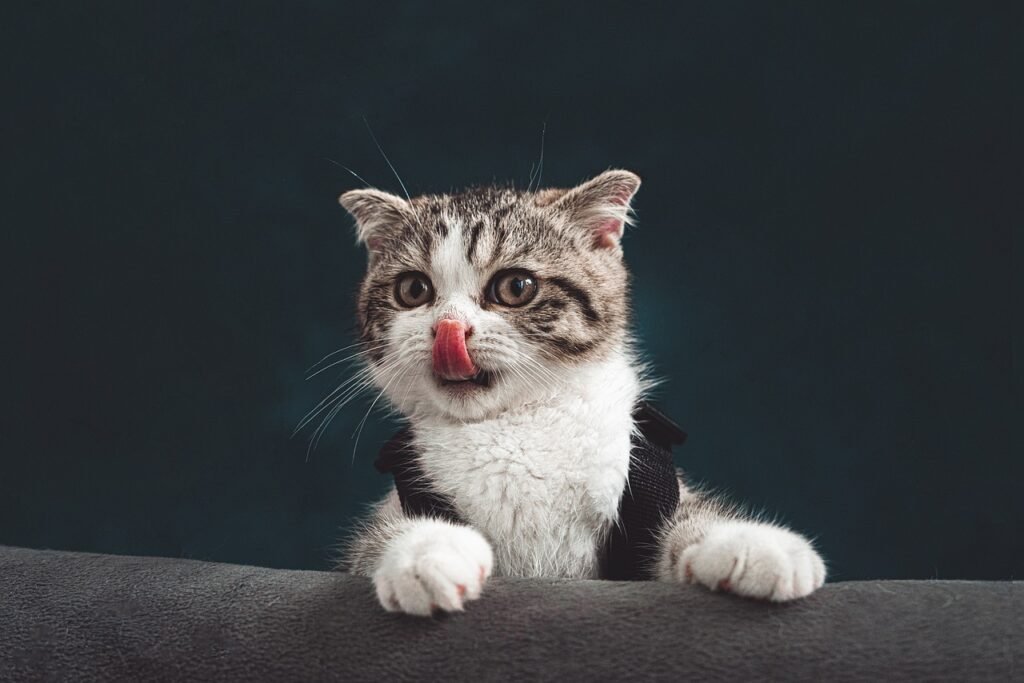
Cats are also viewed positively in many Asian cultures. In Japan, for example, the “Maneki-neko” or “beckoning cat” is a common symbol of good luck, believed to bring prosperity and happiness to its owner. Depictions of these figures are often found in business establishments. In China, cats are sometimes associated with wealth, and their presence is considered auspicious.
European Misconceptions and Superstitions
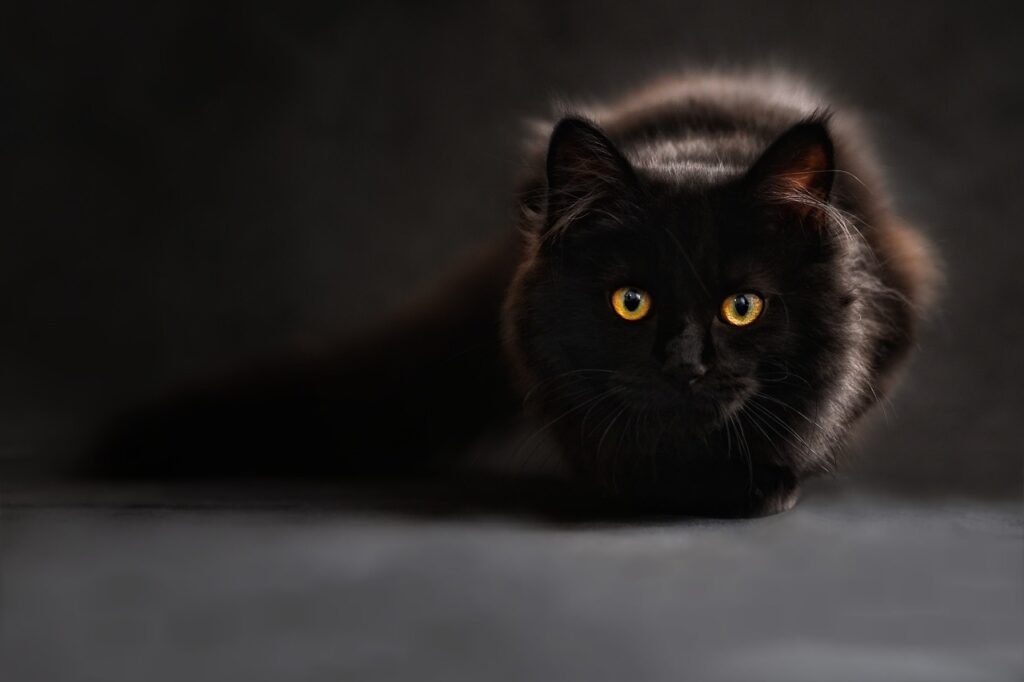
In medieval Europe, cats, particularly black ones, were often feared and associated with witchcraft and the supernatural. During the Middle Ages, superstitions emerged linking them to witches and evil omens. This negative perception led to widespread persecution, which paradoxically contributed to the spread of the plague, as fewer cats meant a rise in the rat population, the primary carriers of the disease.
The Role of Cats in Islamic Tradition
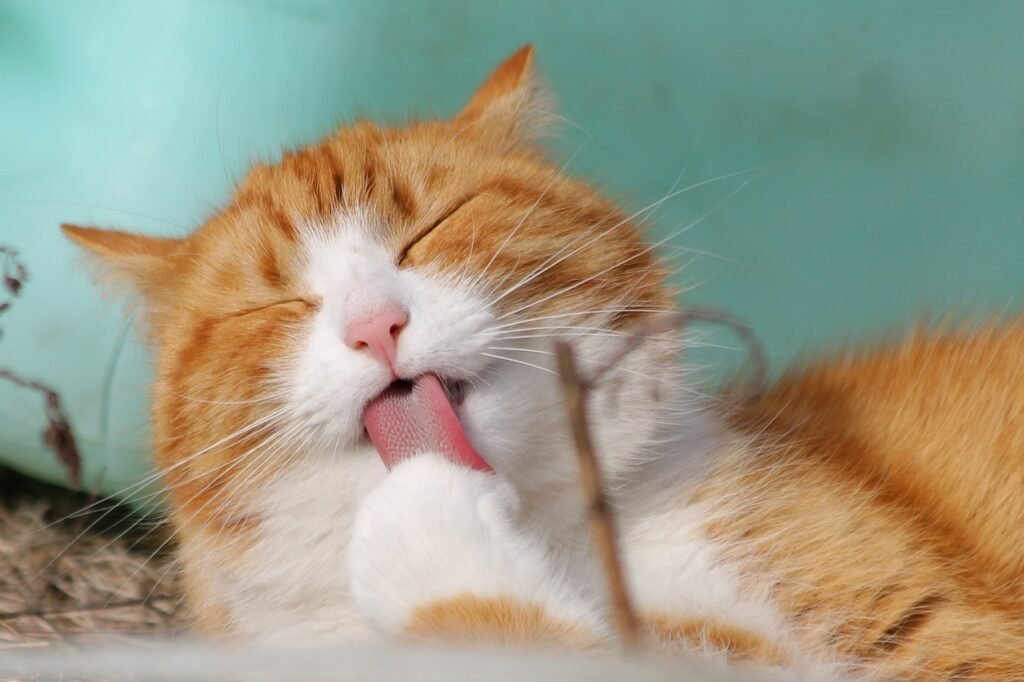
Islamic tradition generally views cats in a positive light. According to various Hadiths, the Prophet Muhammad appreciated cats and reportedly had a fondness for them. Cats are considered ritually clean in Islam, and as such, they are allowed to enter homes and mosques. This perception is largely due to the cat’s hygienic nature and usefulness in controlling pests.
Cat Worship in Modern Pagan Practices
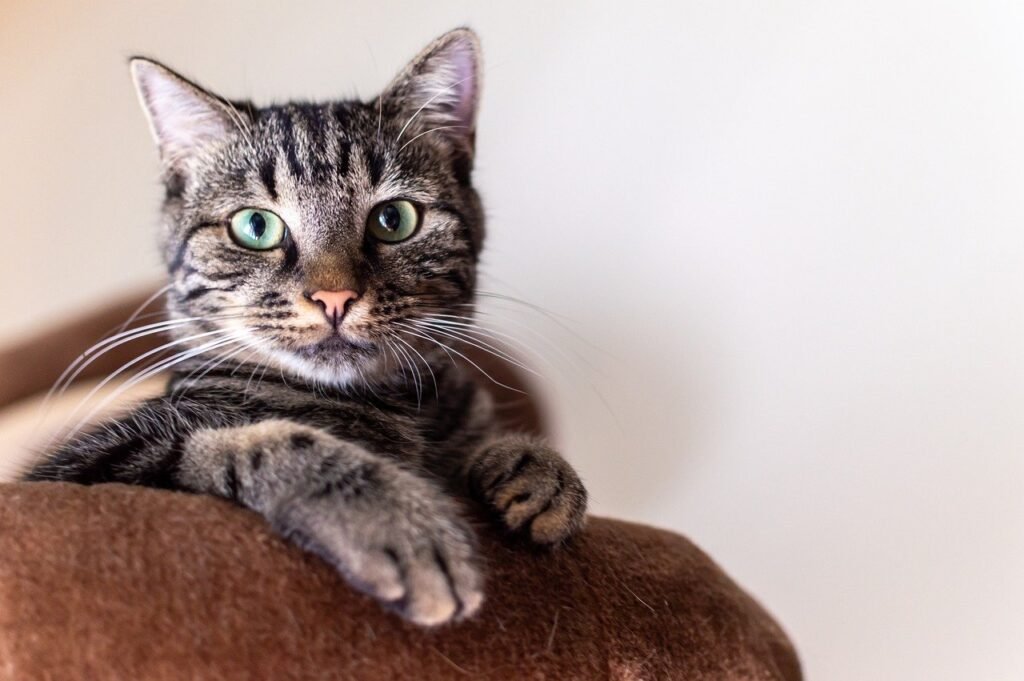
In modern times, cats retain symbolic significance in some neo-pagan and Wiccan traditions. Here, they are often seen as familiars or creatures with a spiritual connection. Their nocturnal nature and independence resonate with themes of mystery and intuition, seen as beneficial traits in spiritual practice.
The Psychological Appeal of Cats
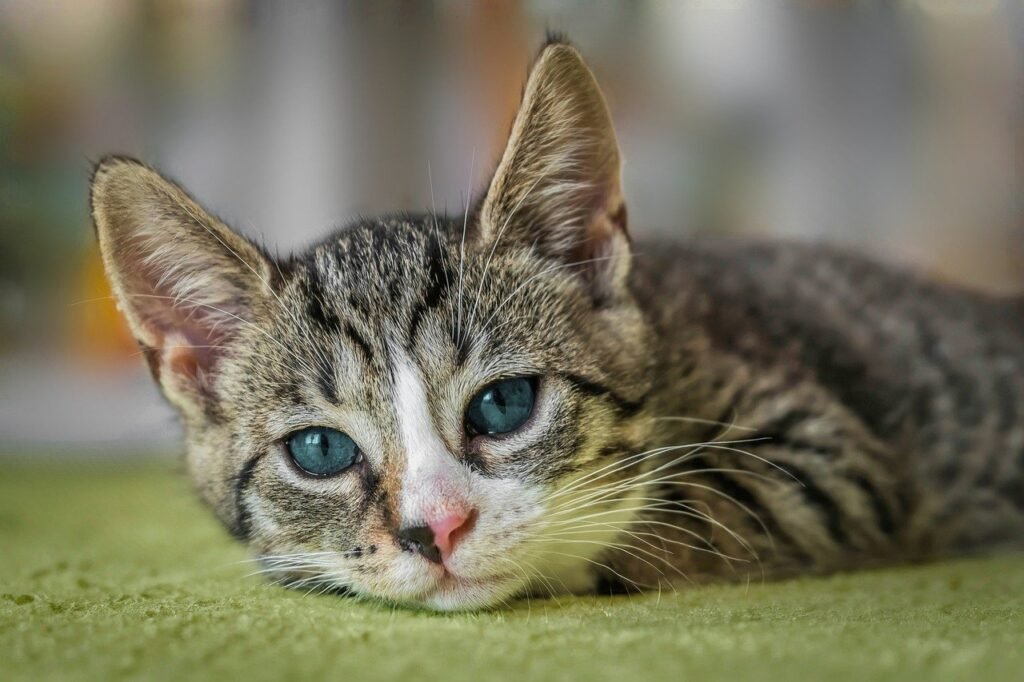
Beyond cultural and religious beliefs, cats appeal to certain human psychological needs. Their independent yet affectionate nature makes them appealing companions. Studies have shown that people attribute human-like qualities to cats, seeing them as independent, yet loyal, which aligns with various cultural archetypes of mystery and mystique.
Cats in Literature and Pop Culture
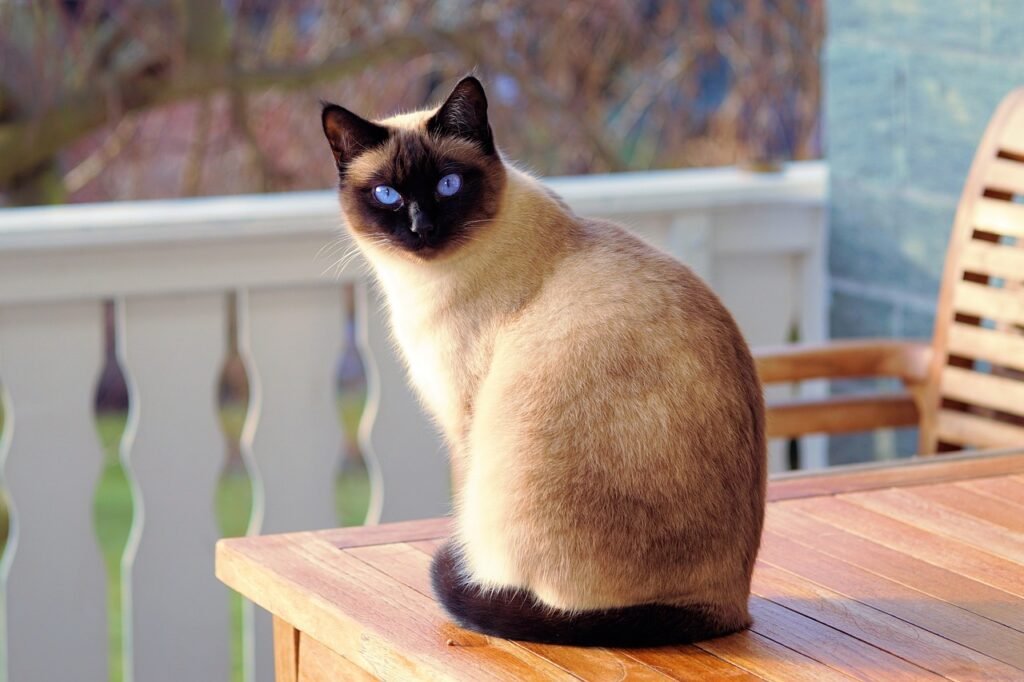
The dual perceptions of cats have permeated literature and pop culture. Cats can be portrayed as mysterious, magical creatures, as seen in Lewis Carroll’s “Alice in Wonderland” or T.S. Eliot’s “Old Possum’s Book of Practical Cats.” Conversely, they can also appear as symbols of misfortune or sinister omens in horror films and novels.
Why Cats? The Evolutionary Perspective
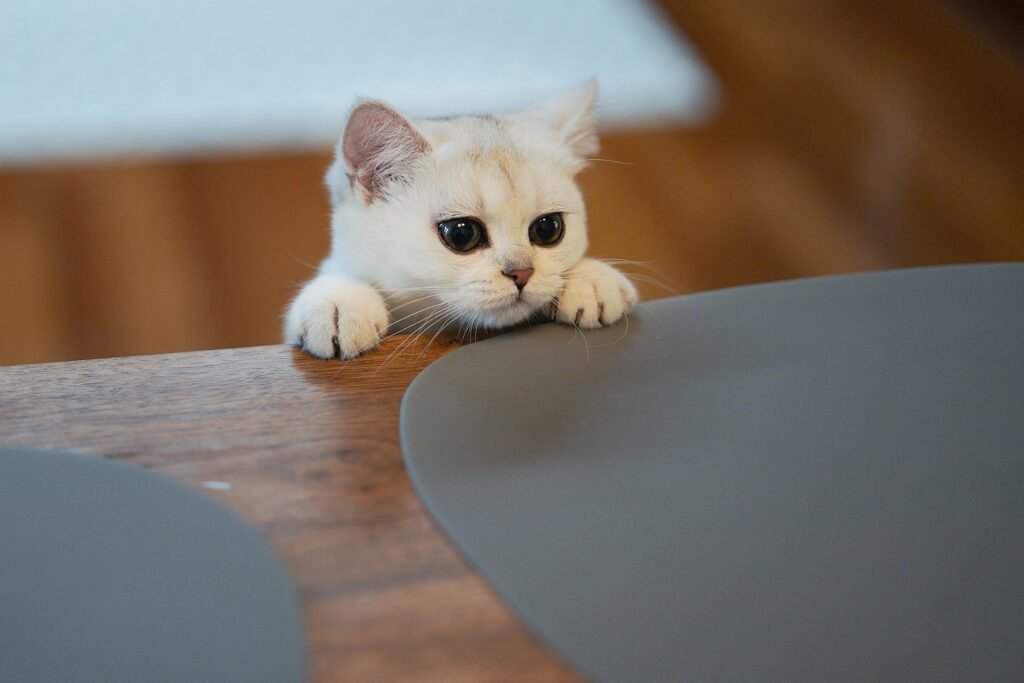
The evolutionary biology of cats offers explanations for why they have drawn both reverence and fear. As predators, cats have keen senses and stealthy movements, qualities that are both admired and feared. The ability to control pest populations and their solitary, aloof behavior may have contributed to their mixed perceptions across cultures.
Contemporary Perspectives and Shifts in Attitudes

Today, cats are one of the most popular pets globally, with their images and videos contributing to what some call the “internet cat craze.” This contemporary fascination often blends cultural admiration with modern entertainment. While much superstition surrounding cats has diminished, certain cultural beliefs persist, demonstrating the enduring complexity of human-feline relationships.
Conclusion: Embracing the Enigma of Cats
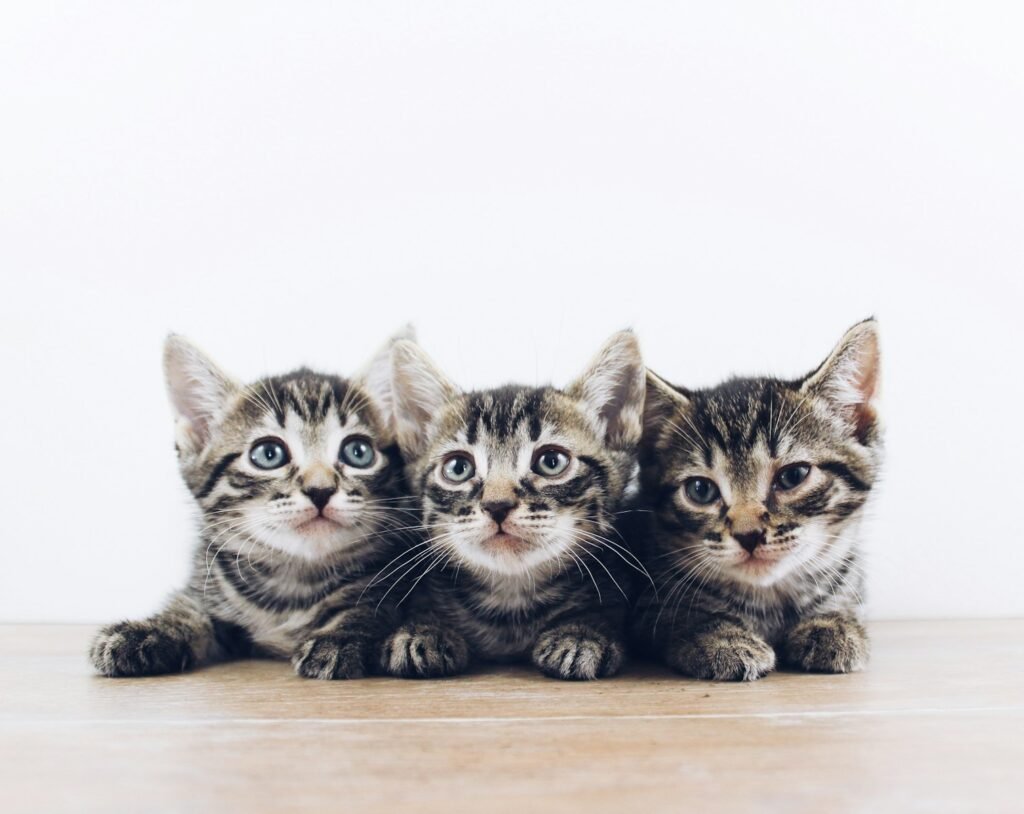
The varied cultural perceptions of cats—ranging from objects of worship to creatures of superstition—reflect our diverse histories and psychological inclinations. Whether seen as benevolent protectors or sinister presences, cats continue to captivate and influence human societies. Understanding these perspectives helps illuminate not only the nature of cats but also the cultural values and beliefs that shape human interactions with the animal world.
Hi, I’m Bola, a passionate writer and creative strategist with a knack for crafting compelling content that educates, inspires, and connects. Over the years, I’ve honed my skills across various writing fields, including content creation, copywriting, online course development, and video scriptwriting.
When I’m not at my desk, you’ll find me exploring new ideas, reading books, or brainstorming creative ways to solve challenges. I believe that words have the power to transform, and I’m here to help you leverage that power for success.
Thanks for stopping by, Keep coming to this website to checkout new articles form me. You’d always love it!






